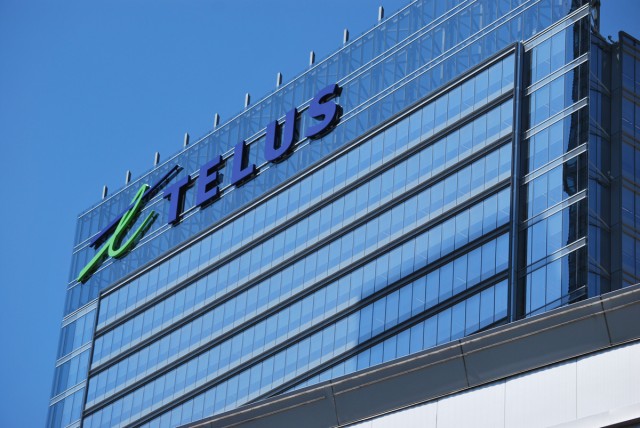
Another spectrum auction is set to begin tomorrow, this time for high-frequency 2500 Mhz airwaves that provide lots of virtual “space” for high-bandwidth functions like streaming video.
The third such auction in a year, this one is quite different from the others, focusing on companies that will deploy fixed LTE in rural areas. Even the companies participating in the auction, with names like Xplornet, Corridor, and SSI Micro, are unusual to readers of this site.
But the usual suspects are still vying for a piece of the 2500 Mhz pie, as the chunk of spectrum is currently being used by Rogers and Bell in major cities, under the increasingly-common Band 7 standard. As companies like Qualcomm become increasingly able to fit more band options on its baseband chips, newer devices can receive signals in a variety of worldwide frequencies.
The spectrum auction is divided into three geographic regions, where each provider has a cap of 40 Mhz per region.
Because Rogers and Bell already have a chunk of this 2500 Mhz spectrum, as obtained through its Inukshuk Wireless deal, they are both limited to the amount they can bid for in certain parts of the country. This leaves Telus, which currently owns none, to win as much spectrum as it wants in each available region.
Region A encompasses the Atlantic Provinces, most of Quebec, most of Ontario, the province of Alberta, most of British Columbia, Yukon, Northwest Territories and Nunavut; Region B focuses more on larger cities in Southern Ontario, Quebec and British Columbia, and the entire province of Saskatchewan; Region C is the whole of Manitoba.
The reason for the breakdown between regions has to do with the various availability of spectrum in each one. Region A, for example, has 50+50 Mhz of paired spectrum, which is what will inevitably be used for mobile devices, while Region B only has 30+30 Mhz. Region C, which encompasses just Manitoba, has two separate paired blocks of 20+20 and 30+30 Mhz.
Because 40 Mhz is the maximum amount available for each provider in each service area, and with Rogers and Bell exceeding that amount (with no divestiture requirements) in parts of the country, Telus is poised to scoop up a significant portion in Region A and B. And while there is no set-aside spectrum allotment this time around, Wind Mobile will also likely pick up at least 10×10 Mhz in areas of the country it already operates, most of which is in Region B.
Because Telus will act more or less alone in some areas, analysts don’t expect the amount raised in this auction to be anywhere near the levels of the 700Mhz auction in 2014 and the more recent AWS-3 auction, which raised $2.11 billion for the government.
Regional carriers like MTS and TBayTel will also benefit from the availability of both paired and unpaired spectrum, as all three providers have experimented with TDD-based (Time Division Duplex) rollouts for fixed LTE in areas where satellite and/or cable coverage is not feasible. According to The Globe and Mail, SaskTel will not participate because it already owns the maximum amount of spectrum allowed in its operating region.
The results of the auction, which uses the same combinatorial clock process as the 700 Mhz auction, will be announced within five days of the last bid.
Update, April 14th: The auction begins today.
Industry Minister James Moore said in a statement, “Canadians have been clear: they want their government to make decisions that will lead to more choice, lower prices and better service in the wireless sector. Today, bidding begins in the 2500 MHz wireless spectrum auction. Eleven Canadian companies will compete for spectrum—a valuable public resource on which wireless information travels. Through this auction, new competitors will have the opportunity to acquire even more spectrum to deliver better service.
“Less than one year ago, nearly 90 percent of spectrum was held by Canada’s largest wireless companies. As a result of this 2500 MHz spectrum auction and last month’s highly successful AWS-3 spectrum auction, new wireless companies are expected to hold approximately 25 percent of the total wireless spectrum available. This spectrum will be made available to providers to offer services to Canadians using the latest technologies.
MobileSyrup may earn a commission from purchases made via our links, which helps fund the journalism we provide free on our website. These links do not influence our editorial content. Support us here.


